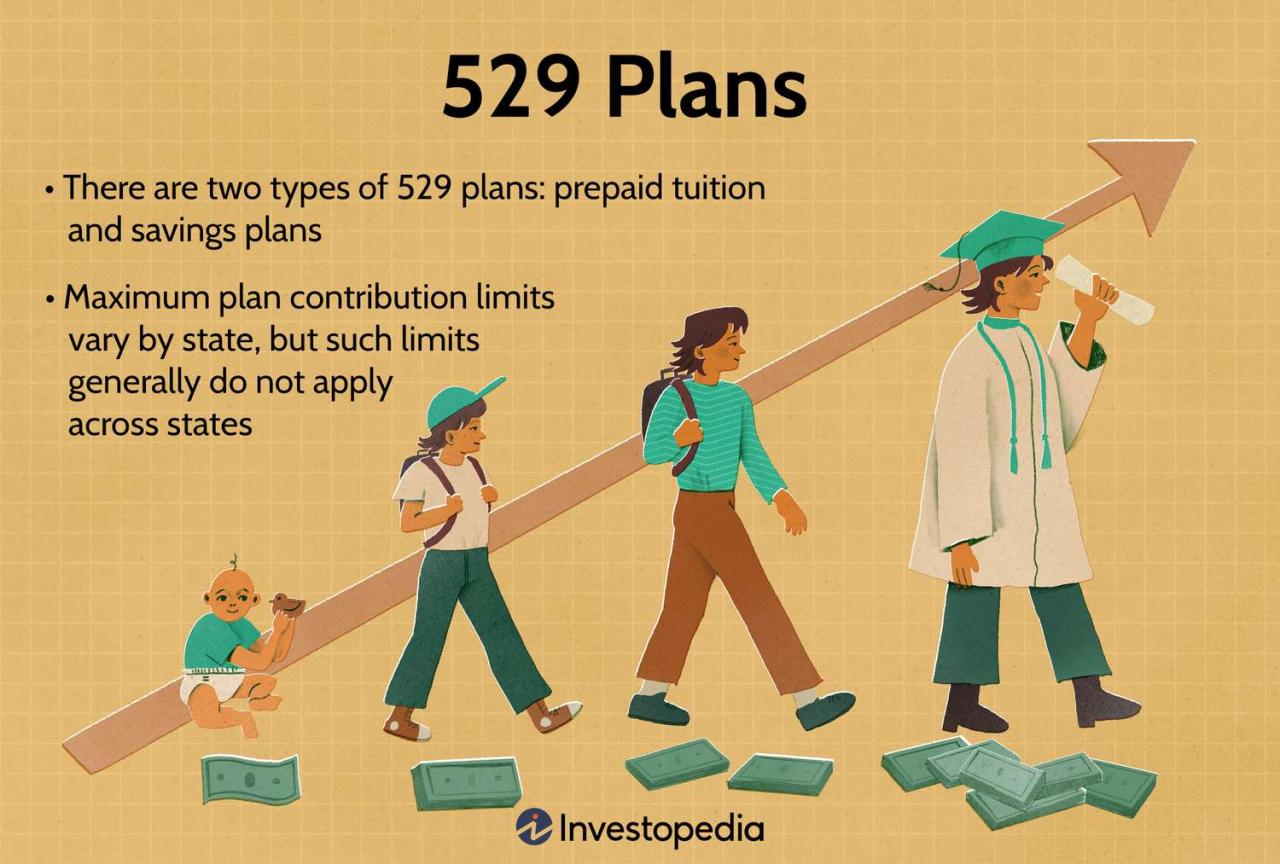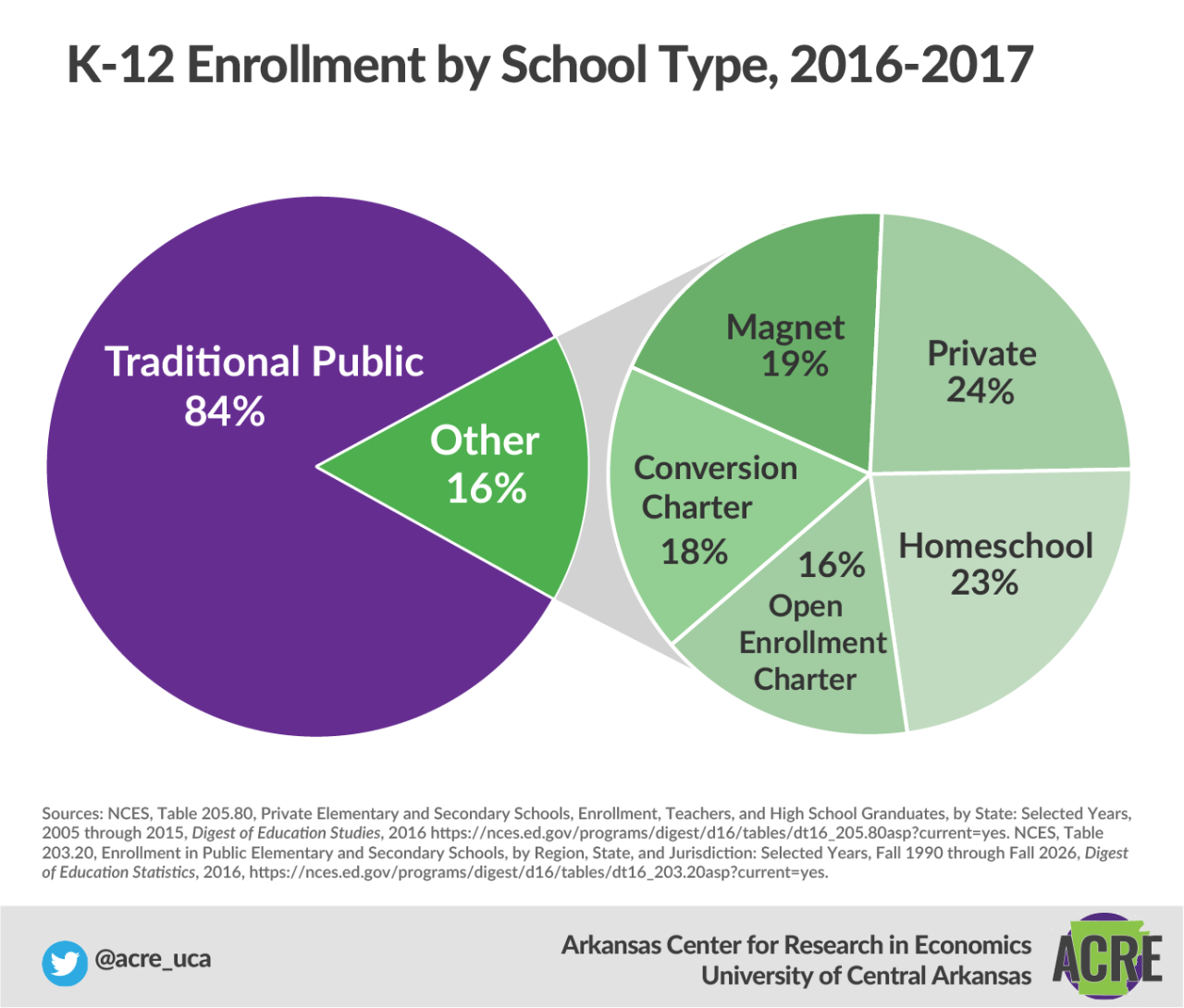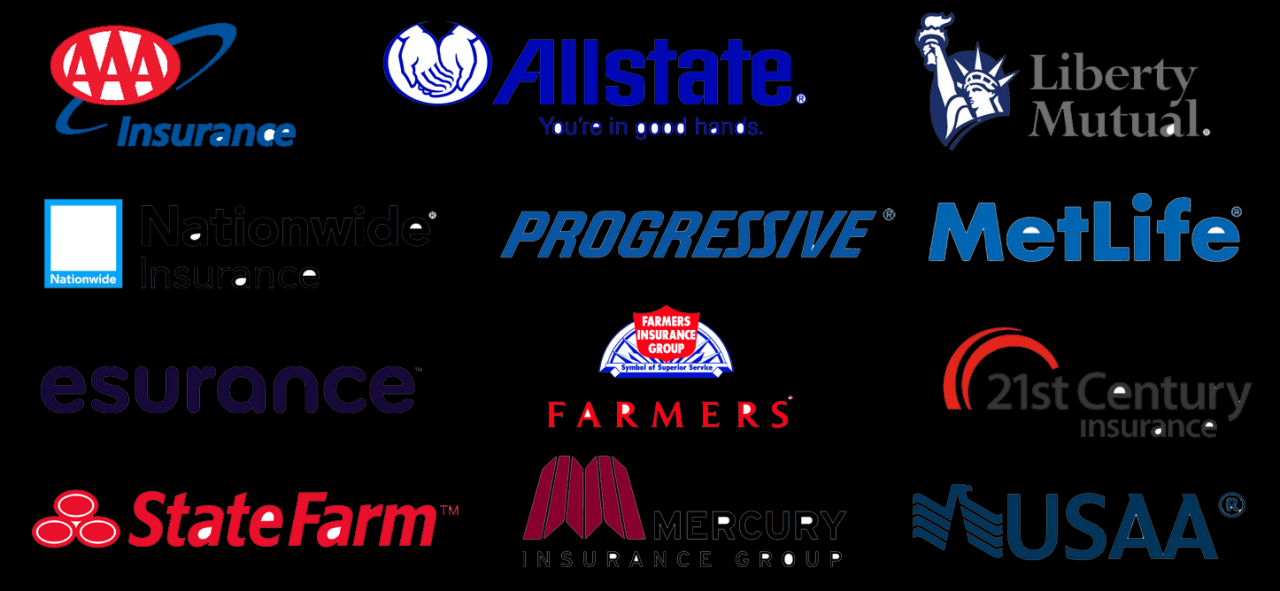529 education plans offer a powerful way to save for future education expenses. These plans provide tax advantages and flexibility, making them a popular choice for families looking to invest in their children’s education. But what exactly are 529 plans, and how do they work?
Let’s delve into the details.
A 529 plan is a tax-advantaged savings plan designed specifically for educational expenses. You can contribute to a 529 plan, and the earnings grow tax-deferred. When you withdraw the money for qualified education expenses, the withdrawals are also tax-free.
This makes 529 plans a very attractive option for saving for college, graduate school, or even vocational training.
What are 529 Education Plans?
A 529 education plan, also known as a qualified tuition program, is a tax-advantaged savings plan designed to help families save for future education expenses. These plans offer a unique combination of tax benefits and investment flexibility, making them a popular choice for parents and guardians looking to fund their children’s education.
Purpose and Function
The primary purpose of a 529 plan is to encourage and support families in saving for future educational expenses. These plans work by allowing individuals to contribute to a designated account, which grows tax-deferred, and then use the funds to pay for qualified education expenses.
The funds are typically invested in a variety of options, ranging from stocks and bonds to mutual funds and ETFs, providing growth potential while shielding earnings from federal and state income taxes.
Definition of 529 Plans
A 529 plan is a state-sponsored investment program that allows individuals to save for qualified education expenses on a tax-advantaged basis. These plans are governed by Section 529 of the Internal Revenue Code, hence the name. 529 plans are typically administered by state agencies or private financial institutions, and offer a variety of investment options to suit different risk tolerances and financial goals.
Covered Educational Expenses
plans can be used to cover a wide range of educational expenses, including:
- Tuition and fees for undergraduate and graduate programs
- Room and board at eligible educational institutions
- Books, supplies, and equipment required for coursework
- Computer hardware and software for educational purposes
- Expenses related to special needs education
Eligible Institutions
plans can be used at a wide range of eligible institutions, including:
- Colleges and universities (both public and private)
- Vocational and technical schools
- Certain apprenticeship programs
- Eligible foreign institutions
Benefits of 529 Education Plans
plans offer several significant benefits for families looking to save for education:
Tax Advantages
One of the primary advantages of 529 plans is their tax-advantaged nature. Earnings from investments within a 529 plan grow tax-deferred, meaning that no taxes are paid on the earnings until they are withdrawn for qualified education expenses. Additionally, withdrawals from a 529 plan for qualified expenses are typically tax-free at the federal level, although state tax treatment may vary.
Potential Benefits for Families, 529 education plan
Using a 529 plan can offer several benefits for families:
- Financial planning:529 plans provide a structured and disciplined approach to saving for education, helping families stay on track with their financial goals.
- Investment growth:The tax-deferred growth of investments within a 529 plan can significantly enhance the savings potential over time.
- Flexibility:529 plans offer a variety of investment options, allowing families to tailor their portfolio to their risk tolerance and investment goals.
- Gift tax exemption:Contributions to 529 plans can qualify for the annual gift tax exclusion, allowing individuals to contribute larger amounts without triggering gift tax liability.
Comparison with Other Savings Options
While 529 plans offer several advantages, it’s important to compare them with other college savings options:
- Coverdell Education Savings Accounts (ESAs):ESAs are similar to 529 plans but have lower contribution limits and income restrictions.
- Traditional and Roth IRAs:IRAs can be used for education expenses, but withdrawals before age 59 1/2 may be subject to penalties and taxes.
- Prepaid tuition plans:Prepaid tuition plans allow families to lock in future tuition costs at current rates, but may have limited flexibility and potential for loss of value.
Flexibility and Accessibility
plans are designed to offer flexibility and accessibility for families:
- Beneficiary changes:The beneficiary of a 529 plan can be changed to another family member if the original beneficiary doesn’t use the funds for education.
- State residency:While 529 plans are typically sponsored by individual states, they can often be used for education expenses at institutions outside of that state.
- Withdrawal penalties:While withdrawals for non-educational expenses are typically subject to penalties, there are exceptions for certain situations, such as disability or death.
How 529 Education Plans Work
plans provide a structured and straightforward framework for saving for education:
Setting Up a 529 Plan
Setting up a 529 plan is typically a simple process:
- Choose a plan:Families can select a 529 plan offered by their state or another state, considering factors like investment options, fees, and performance.
- Open an account:Once a plan is chosen, individuals can open an account and begin contributing.
- Designate a beneficiary:The account holder designates a beneficiary who will ultimately use the funds for education.
- Select investment options:Families can choose from a variety of investment options, such as age-based portfolios, target-date funds, or individual stocks and bonds.
Contributing to a 529 Plan
Contributing to a 529 plan is straightforward:
- Establish a contribution schedule:Families can make regular contributions to the plan, either through automatic transfers or manual deposits.
- Maximize contributions:The maximum annual contribution limit for 529 plans varies by state, but it’s generally advisable to contribute as much as possible to maximize the tax-deferred growth potential.
- Consider gift tax implications:Contributions to 529 plans may qualify for the annual gift tax exclusion, allowing individuals to contribute larger amounts without triggering gift tax liability.
Investment Options
plans offer a range of investment options to suit different risk tolerances and financial goals:
- Age-based portfolios:These portfolios adjust their investment allocation over time, becoming more conservative as the beneficiary approaches college age.
- Target-date funds:Similar to age-based portfolios, target-date funds automatically shift their investment mix based on a specific target date.
- Individual stocks and bonds:Families can choose to invest in individual securities, allowing for more control over the portfolio.
- Mutual funds and ETFs:529 plans often offer a selection of mutual funds and exchange-traded funds (ETFs) to diversify investments.
Withdrawing Funds
Withdrawing funds from a 529 plan for qualified education expenses is typically a simple process:
- Submit a withdrawal request:The account holder can request a withdrawal from the plan by providing documentation of the qualified education expenses.
- Receive funds:The funds are typically disbursed directly to the educational institution or to the beneficiary.
- Tax implications:Withdrawals for qualified expenses are generally tax-free at the federal level, but state tax treatment may vary.
Considerations for Using 529 Plans
While 529 plans offer numerous advantages, it’s essential to consider potential drawbacks and factors before choosing a plan:
Potential Drawbacks
- Investment risk:As with any investment, there is always the potential for loss of value within a 529 plan.
- State residency requirements:Some states may impose residency requirements for using 529 plans, meaning that residents of other states may not be eligible to participate.
- Withdrawal penalties:Withdrawals for non-educational expenses are typically subject to penalties, including a 10% penalty and taxes on the earnings.
Factors to Consider

- Investment options:Compare the investment options offered by different 529 plans to find one that aligns with your risk tolerance and investment goals.
- Fees and expenses:Consider the fees and expenses associated with each plan, as these can impact the overall return on investment.
- State tax benefits:Some states offer additional tax benefits for using 529 plans, so it’s important to research these benefits.
- Future education plans:Consider the beneficiary’s future education plans, as 529 plans can be used for a wide range of educational expenses.
Maximizing Benefits
- Start early:The earlier you begin contributing to a 529 plan, the more time the investments have to grow tax-deferred.
- Maximize contributions:Contribute as much as possible to the plan to maximize the tax-deferred growth potential.
- Consider gift tax implications:Take advantage of the annual gift tax exclusion to contribute larger amounts without triggering gift tax liability.
- Review investment options regularly:Periodically review the investment options within the plan to ensure they remain aligned with your goals and risk tolerance.
Penalties for Non-Educational Use
Withdrawals from a 529 plan for non-educational expenses are typically subject to penalties, including a 10% penalty and taxes on the earnings. However, there are exceptions to these penalties, such as:
- Disability:Withdrawals for expenses related to a beneficiary’s disability may be exempt from penalties.
- Death:Withdrawals for expenses related to the beneficiary’s death may be exempt from penalties.
- Change of beneficiary:If the beneficiary changes to another family member, withdrawals for qualified education expenses for that new beneficiary may be exempt from penalties.
529 Plan Resources and Information
Here are some valuable resources for further research and understanding of 529 plans:
529 Plan Providers
| Provider | Features ||—|—|| [Provider 1]| [Feature 1], [Feature 2], [Feature 3] || [Provider 2]| [Feature 1], [Feature 2], [Feature 3] || [Provider 3]| [Feature 1], [Feature 2], [Feature 3] |
Key Regulations and Guidelines
“529 plans are governed by Section 529 of the Internal Revenue Code. These plans are typically administered by state agencies or private financial institutions, and offer a variety of investment options to suit different risk tolerances and financial goals.”
Reputable Websites
- [Website 1]
- [Website 2]
- [Website 3]
Relevant Articles and Resources
- [Article 1]
- [Article 2]
- [Article 3]
Epilogue
529 education plans offer a compelling solution for families seeking to plan for their children’s future education. With their tax benefits, flexibility, and accessibility, they can be a valuable tool in building a solid financial foundation for higher education.
By carefully considering the options and understanding the potential benefits and limitations, families can leverage 529 plans to make a significant impact on their children’s educational journey.













